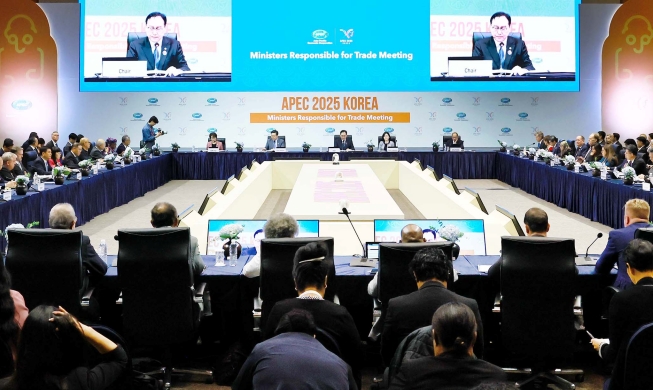- 한국어
- English
- 日本語
- 中文
- العربية
- Español
- Français
- Deutsch
- Pусский
- Tiếng Việt
- Indonesian
By Honorary Reporter Alle Blessing Ovase from Nigeria
Photos= Alle Blessing Ovase
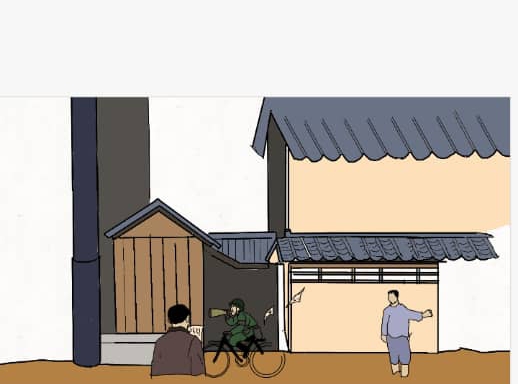
A Japanese soldier cycles through a village in imperial Japan-ruled Korea while falsely advertising the prospects of working in mines.

By Sea was one of the ways Koreans were forcibly taken to work as laborers for imperial Japan.

Korean and other victims of Japan's forced work were subject to harsh and overcrowded living conditions.
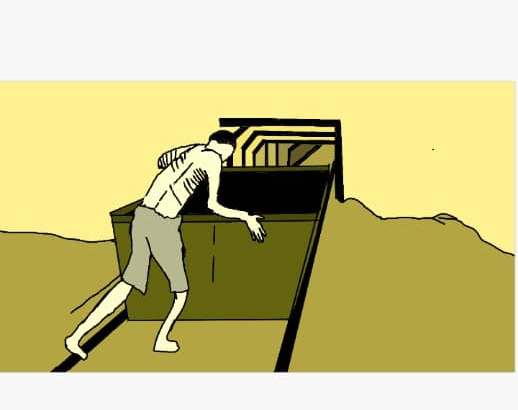
A gaunt worker pushes a cart in a mine.
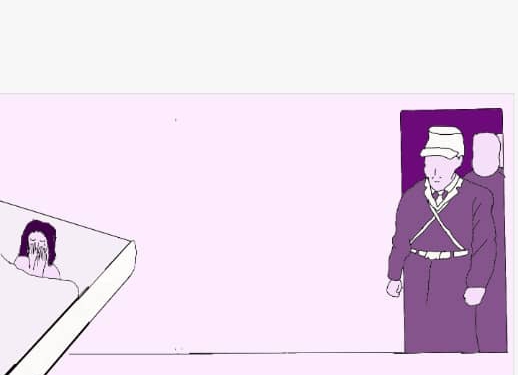
Many Korean women were forcibly taken to provide sex to Japanese soldiers.
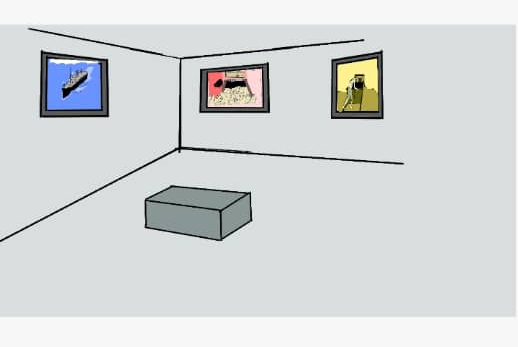
Exhibitions must present the accurate truth and history of Hashima Island.
"Knowledge is power." This famous quote emphasizes the value of information and how strong a knowledgeable person is. It also explains why Koreans are furious over Japan's broken promise to help educate the world on how people from the Korean Peninsula were forcibly taken to work by imperial Japan under brutal conditions.
On July 5, 2015, 23 sites of Japan's Meiji Industrial Revolution were included on the World Heritage list after the Japanese government made a promise to the world. It pledged to take measures allowing public understanding of how Japan forced many Koreans and others to work and violated their human rights, something that Japan acknowledged.
To the great dismay of Koreans, the exhibition at the newly opened Industrial Heritage Information Centre in Tokyo has neither implemented the recommendations of UNESCO's World Heritage Committee nor paid tribute to the victims of forced to work.
Instead, the center displays distorted historical facts through its exhibition. Though it has descriptions of Korean labor, the exhibition features testimonies claiming no discriminatory treatment of Korean workers occurred.
Nothing is presented of how the victims were forced to live in dorms with 30-40 other workers in a room, sharing one bathroom while working eight to 12 hours a day. The victims faced hazardous conditions in the mines that caused certain workers to lose their arms and legs and others to die soon after age 50.
History cannot be changed but lessons can definitely be learned from it. The best way to do that now is for the Tokyo center to display content that neither distorts the truth nor contradicts the pledge the Japanese government made.
Kim Hyun-sook, director general of the Northeast Asian History Foundation in Seoul, said it best: "A historical truth doesn't disappear just because you ignore it, the debt is just transferred to future generations."
chaey0726@korea.kr
*This article is written by a Korea.net Honorary Reporter. Our group of Honorary Reporters are from all around the world, and they share with Korea.net their love and passion for all things Korean.
